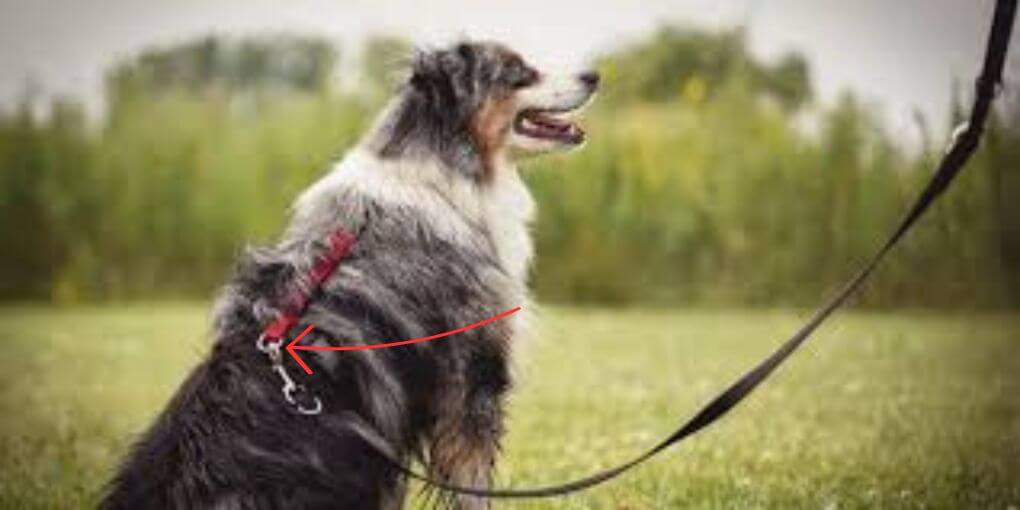
However, when used properly and in conjunction with positive reinforcement and other training methods, shock collars can be a helpful tool in training your dog.
In this article, we will provide guidelines for choosing the right sport shock collar, fitting it properly, introducing it to your dog, and using it safely and effectively during training.
We will also address common concerns about shock collars and provide tips for using them responsibly.
Choosing the right sport dog shock collar
Choosing the right shock collar for your dog is crucial to ensure that it is safe and effective during training. Here are some factors to consider when choosing a shock collar:
Size and weight
It is critical to select a shock collar that is suitable for your dog’s size and weight. A collar that is too heavy or too loose can be uncomfortable for your dog and may not work properly.
Temperament
Different shock collars have different levels of intensity and modes of operation. Some collars are designed for sensitive dogs, while others are more suitable for stubborn or aggressive dogs. Consider your dog’s temperament when choosing a shock collar.
Training goals
Determine what you want to achieve with the shock collar. Do you want to reinforce commands or correct behavior? Some collars are designed for specific training goals, such as hunting or agility.
Range
Consider the range of the shock collar. If you plan to use it in a large open area, you may need a collar with a longer range.
Battery life
Check the battery life of the shock collar. You don’t want the collar to die in the middle of training.
Additional features
Some shock collars come with additional features, such as vibration or beep modes, remote control, or waterproof design. Consider whether these features are necessary for your requirements.
Types of sport dog shock collar and their features
There are different types of shock collars available in the market, each with its own features and modes of operation. Here are the most common types of shock collars:
Static shock collars
These collars deliver a mild static shock to the dog when activated. The level of shock can usually be adjusted to different levels of intensity. Some collars also have a warning beep that sounds before the shock is delivered.
Spray collars
These collars deliver a spray of citronella or another unpleasant scent when activated. The idea is to distract the dog and discourage unwanted behavior without causing pain.
Vibration collars
These collars vibrate when activated, but do not deliver a shock. They can be useful for training dogs with hearing impairments or for dogs that are sensitive to shocks.
Ultrasonic collars
These collars emit a high-pitched sound when activated. The sound is unpleasant to dogs and can discourage unwanted behavior. However, these collars are less effective than other types of shock collars.
Combination collars
These collars combine two or more modes of operation, such as static shock and vibration, or static shock and spray.
Properly fitting the sport dog shock
Properly fitting the collar is an important aspect of using a shock collar safely and effectively. Here are some tips for fitting the collar:
Measure your dog’s neck: Use a measuring tape to measure your dog’s neck at the base, where the collar will sit.
Choose the right size collar: Make sure to choose a collar that fits your dog’s neck size. Collars come in different sizes, so it’s important to choose the right one for your dog.
Adjust the collar: Adjust the collar so that it fits snugly around your dog’s neck, but not too tight. Your dog’s collar and neck should be separated by no more than two fingers.
Check the fit regularly: Check the fit of the collar regularly to make sure it hasn’t become too loose or too tight. Adjust the collar as necessary.
Monitor your dog’s behavior: Pay attention to your dog’s behavior when wearing the collar. If your dog seems uncomfortable or is scratching at the collar, it may be too tight.
How to properly use a sport dog shock collar
Using a sport dog shock collar can be an effective way to train your furry friend, but it’s important to do so safely and responsibly. Here are some tips for properly using a sport dog shock collar:
- Before using a sport dog shock collar, make sure to read the instructions carefully to understand how the collar works and how to properly adjust it.
- Shock collars should be used as a last resort after other positive reinforcement training methods have been exhausted.
- When using a shock collar, it’s important to choose the appropriate level of intensity for your dog. Start with the lowest setting and increase it as necessary.
- Use the shock collar consistently and at appropriate times. Avoid using the collar for punishment, and make sure to praise your dog when they exhibit the desired behavior.
- Keep an eye on your furry friend’s behavior and adjust the collar as needed. A properly fitted collar should not cause any harm or discomfort to your dog.
- Use the shock collar in combination with positive reinforcement techniques, such as treats and praise, to encourage desired behavior.
- When training is over, remove the shock collar to avoid causing any potential harm or discomfort to your dog.
The importance of training
Using a shock collar is just one part of the training process. It is important to remember that training should always be based on positive reinforcement. It should never rely solely on the use of a shock collar.
Here are some tips for using a shock collar as part of a broader training program:
Introduce the collar gradually
Before using the collar during training, allow your dog to become familiar with it. Let your dog sniff the collar and become comfortable wearing it.
Use positive reinforcement
Treats, kudos, and other incentives can be used to reward positive conduct. A shock collar should only be used as a last resort when other training methods have failed.
Use the collar as a deterrent
The shock collar should be used to discourage unwanted behavior, not to punish your dog. Use the collar to interrupt bad behavior and redirect your dog’s attention to something positive.
Use the lowest effective level
Start with the lowest level of intensity and only increase it if necessary. You should be able to get your dog’s attention with a low-level shock, and higher levels should only be used for extreme cases.
Monitor your dog’s behavior
Pay attention to your dog’s reaction to the collar. If your dog seems stressed or anxious, stop using the collar immediately.
Common mistakes to avoid
When using a shock collar for dog training, there are some common mistakes that you should avoid to ensure that the collar is safe and effective. Here are some of the most common mistakes to avoid:
Using the collar as a punishment
A shock collar should be used to interrupt bad behavior, not as a punishment.
The collar should be used to discourage your dog from repeating unwanted behavior, not to cause pain or fear.
Using the collar too frequently
The shock collar should only be used during training sessions and not worn all the time.
Overusing the collar can lead to desensitization and may cause your dog to become fearful or anxious.
Fitting the collar incorrectly
The collar should be fitted snugly but not too tight around your dog’s neck. If the collar is too loose, it may not work properly, and if it’s too tight, it can cause discomfort or injury.
Using the wrong level of intensity
Always start with the lowest level of intensity and only increase it if necessary. Using a high level of shock can cause unnecessary pain and may be traumatic for your dog.
Neglecting positive reinforcement
Shock collars should be used as part of a broader training program that includes positive reinforcement. Neglecting positive reinforcement can lead to increased stress and anxiety in your dog.
Conclusion
In conclusion, using a shock collar for dog training can be an effective tool when used correctly and responsibly.
When choosing a shock collar, it is important to consider your dog’s temperament and training goals and to choose a collar with adjustable levels of intensity.
It is also important to use the collar as part of a broader training program that includes positive reinforcement and to avoid common mistakes, such as using the collar as a punishment or neglecting positive reinforcement.
By following these guidelines, you can use a shock collar to teach your dog good behavior and strengthen the bond between you and your furry friend.

Patricia White is a pet enthusiast. With 10 years of experience in the pet industry, she brings a wealth of knowledge and expertise to MeToPet. She is honored to be a part of the MTP team and is dedicated to sharing her passion for pets with our readers.









